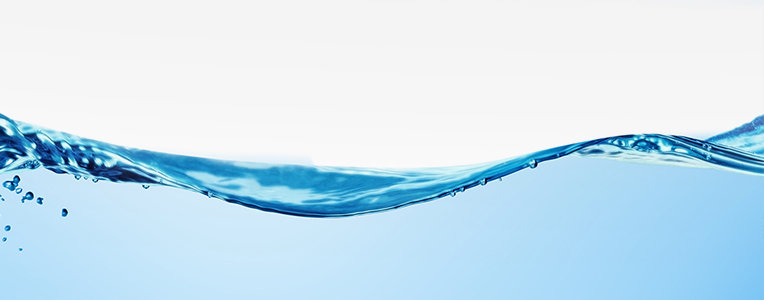Using ultraviolet germicidal irradiation (UVGI) to purify water
Traditional municipal water treatment facilities in the United States rely on filtration, sedimentation, aeration, and chlorination to make water clean enough to deliver to customers. While this does an outstanding job under normal circumstances, the increasing prevalence of antibiotic-resistant microorganisms and the omnipresent threat of bioterrorism have spurred the development of ultraviolet germicidal irradiation (UVGI).
Scientists have long known that UV light can harm, or even kill, certain microorganisms. UVGI furthers this by ridding water, air and other surfaces of harmful microorganisms such as viruses & bacteria. It does so by emitting certain wavelengths of ultraviolet light (UVB & UVC) in a controlled manner within a range between 200 and 320 nanometers via low-pressure mercury lamps. Known as the germicidal range, this wavelength has proven to be effective at enabling the UV light to damage the cells or DNA of the targeted microorganism, thereby eradicating it or rendering it unable to replicate.
The Coalition for Responsible Equitable Economic Development (CREED LA) proudly supports environmentally-responsible construction projects throughout Los Angeles that not only have a positive impact on the local community, but support LA’s working families as well.
CREED LA fights to ensure that developers pay fair wages to all the hard working construction professionals throughout the industry while simultaneously providing them with quality health care, continued training, and trustworthy retirement plans. To learn more about how our non-profit organization supports those building a better, greener world for us all, contact CREED LA at (877) 810-7473.

